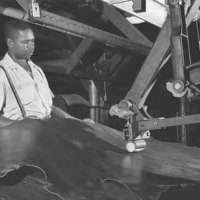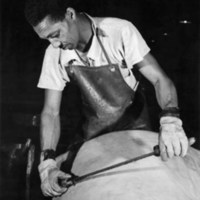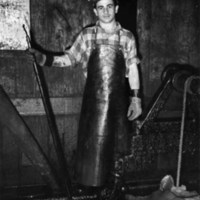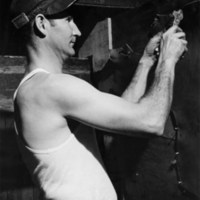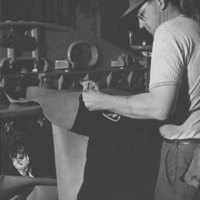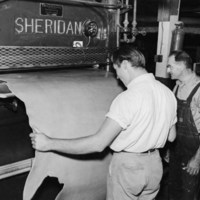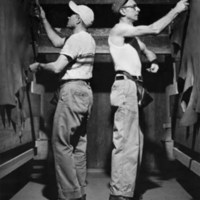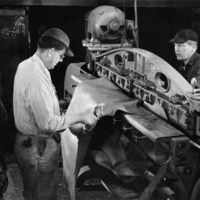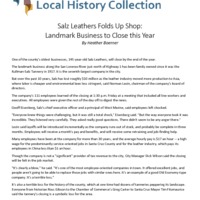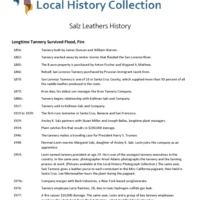Browse Items(53 total)
- Subject is exactly "Salz Tannery"
Date: 1954
Type: PHOTO
Date: 1954
Type: PHOTO
Date: 1954
Type: PHOTO
Date: 1954
Type: PHOTO
Date: 1954
Type: PHOTO
Date: 1955
Type: PHOTO
Date: 1954
Type: PHOTO
Date: 1954
Type: PHOTO
Date: 8/4/2001
Source: Santa Cruz Sentinel, August 4, 2001. Staff writer Stett Holbrook contributed to this article.
Type: ARTICLE
Date: 8/4/2001
Source: Santa Cruz Sentinel, August 4, 2001. Sources include Sentinel archives and historian Carolyn Swift.
Type: ARTICLE

